Following on from our ‘Visualise how people grocery shop in developing markets’ blog post, where we asked people around the world to take pictures of their grocery shopping, Peter Wenham, a market researcher who lives and works in Shanghai, has sent us his shopping pictures along with his observations and experiences of grocery shopping in China.
The pictures give an insight in the Chinese grocery market and highlight some of the considerations FMCG companies need to take into account if they want to trade successfully in this market.
Large supermarkets and volume shopping
Few local people seem to use larger supermarkets for anything like a ‘weekly shop’ and on a Saturday afternoon large supermarkets often seem deserted – in western markets this is the peak time for shopping.
Almost nobody uses a hand basket, let alone a cart/trolley. There is also a lack of transport access or car pick up at these supermarkets, so for heavy bags there is only the scooter or bike.
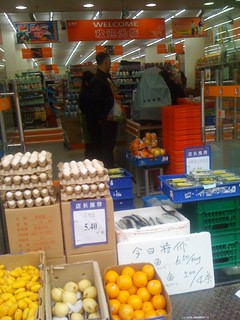

Lian Hua supermarket Lian Hua supermarket Saturday pm
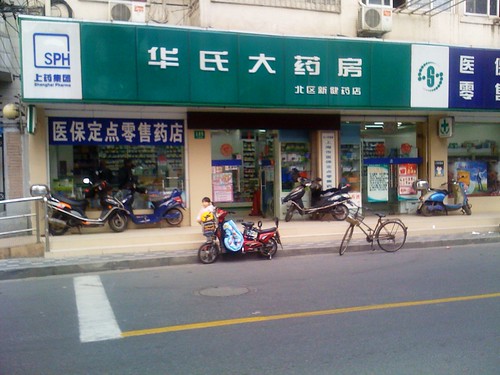
Scooters main mode of transport for shopping
Perhaps one main reason for this lack of large volume shopping is that Chinese families are often small, and single-person households will rarely choose to cook at home. (Even if they do, kitchens are usually small with basic equipment; with no freezer, no oven – just a 2-ring gas stove and a microwave).
This seems to be because take-away or convenience meals are readily available from nearby street food stalls. It also means there is less need for supermarkets to stock huge amounts of meat and vegetables.
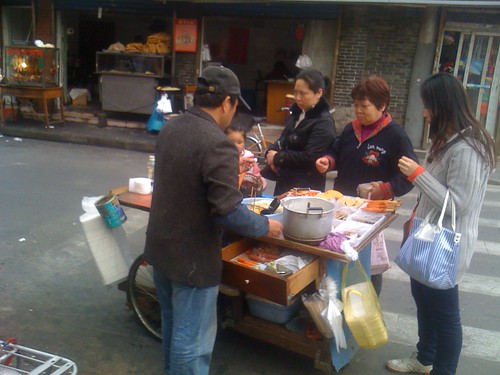
Street food stalls
Items bought in convenience stores tend to be ‘treats’ like drinks, or ice creams and snacks (chocolate, or nuts and dried meat or fruit).
Few people would earn enough to purchase a weekly shop – they often buy small items as and when they're needed - daily, almost hourly and eat on the go, or when passing a shop.
Fruit may be the exception and is usually bought from small local fruit stall or from a large, covered wet-market.
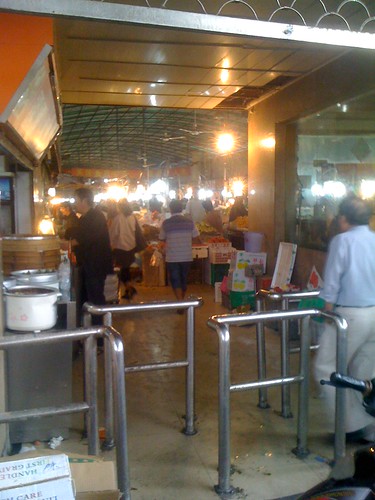
Local covered market
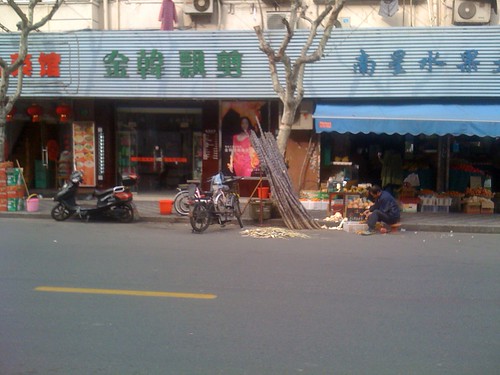
Local fruit stall
It is remarkable how few, noticeably big-name brands or common items are available here. Chocolate tends to be Dove (the American name for the Galaxy brand), Nestle or Belgian. Cereals (muesli, cornflakes etc.) and even cakes and biscuits are either locally produced or imported from Italy or Germany.
China is a huge market due to the population size, and there is room for more Western brands to establish themselves and import new goods and brands.
